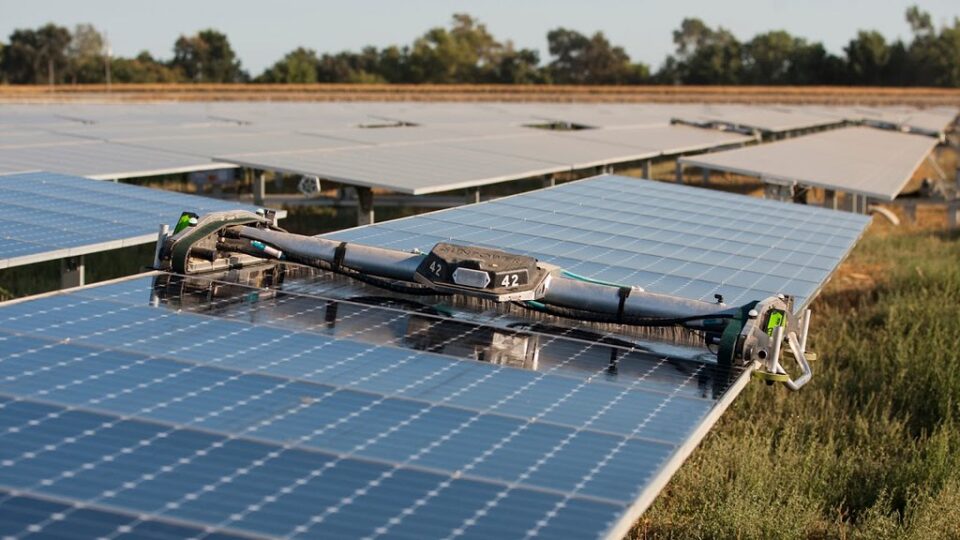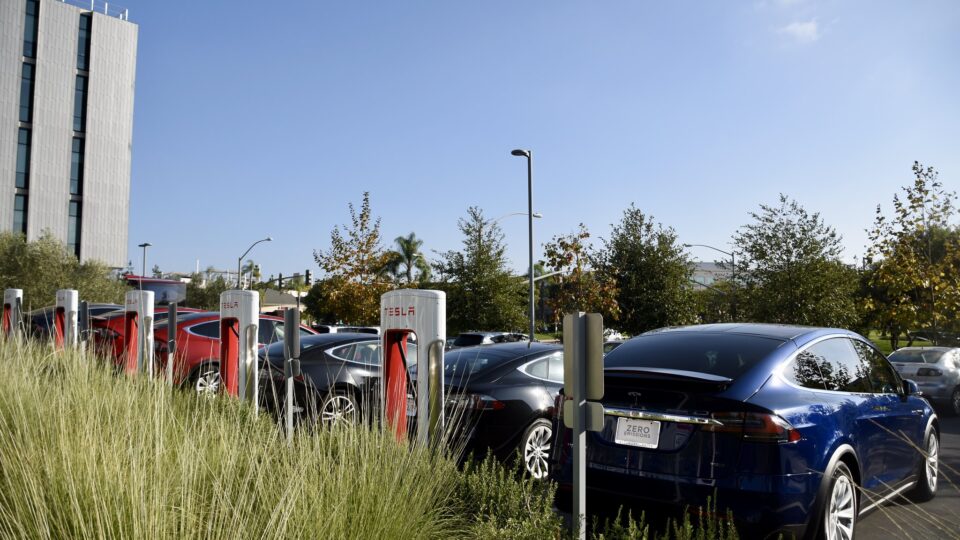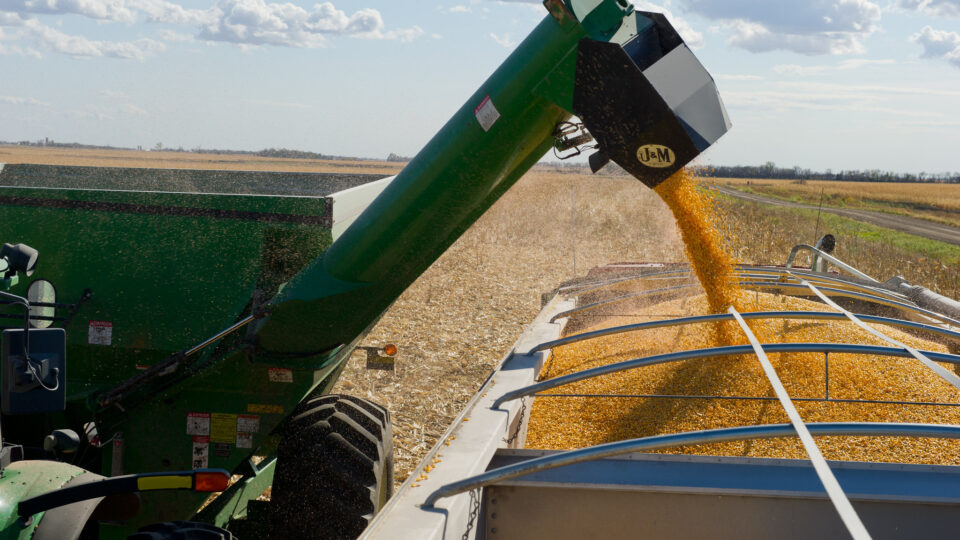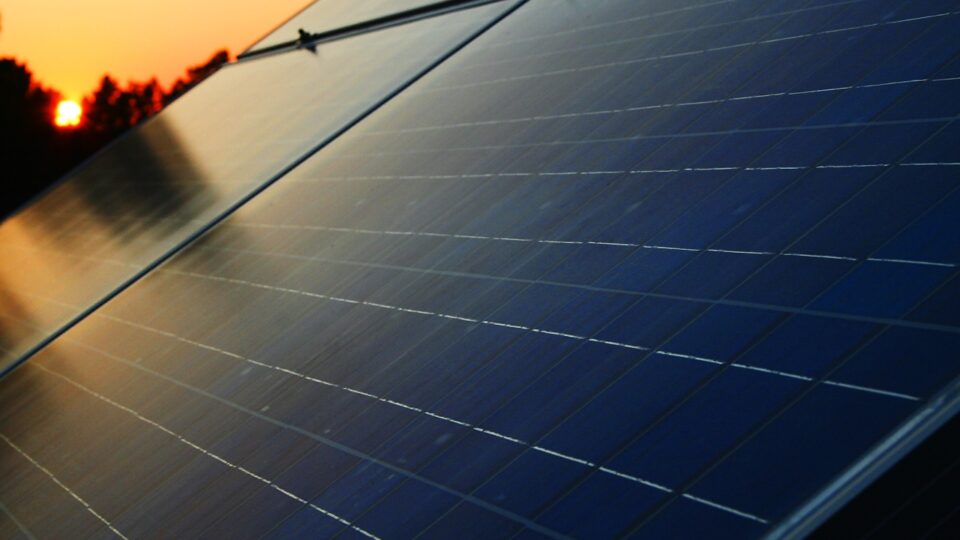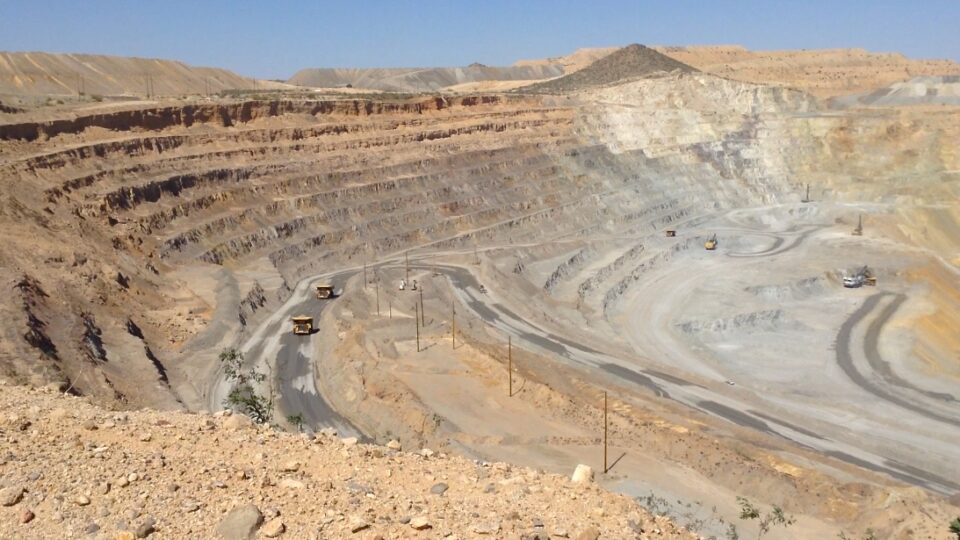According to the National Retail Federation, American consumers will spend a whopping $12.2 billion on Halloween this year, exceeding last year’s record of $10.6 billion. A record number of people – 73% of Americans – will also participate in Halloween-related activities this year, up from 69% in 2022. But it’s not just our wallets that take a beating.
Halloween generates a frightening amount of waste. Picture all those flimsy and often single-use costumes, polyester cobwebs, plastic-wrapped candy, mass-produced decorations, and so forth. Scary stuff! Here are some simple tricks to make the holiday more sustainable this year.
Invest in quality costumes. Those mass-produced costumes leave the largest carbon footprint from Halloween. They are often made from non-recyclable plastic and most end up in landfills by mid-November. By renting, thrifting, swapping, or making your own costumes, many of the negative impacts of dressing up for the holiday can be avoided.
Find environmentally-friendly decorations and supplies. For example, carve local pumpkins and either save the seeds and flesh to eat later, compost it, or feed it to animals. Make your own spooky decorations. If you do buy decorations, ensure that they are durable and reusable. And use wicker baskets, old bags, or pillowcases when trick-or-treating.
Finally, purchase organic and fair trade candy if you’re able to do so. Some of the largest candy manufacturers are major drivers of deforestation and species extinction around the globe due to their demand for sugar, palm oil, and cocoa beans.
Together, we can “green” Halloween.
**********
Web Links
Photo, posted November 13, 2019, courtesy of Christian Collins via Flickr.
Earth Wise is a production of WAMC Northeast Public Radio

